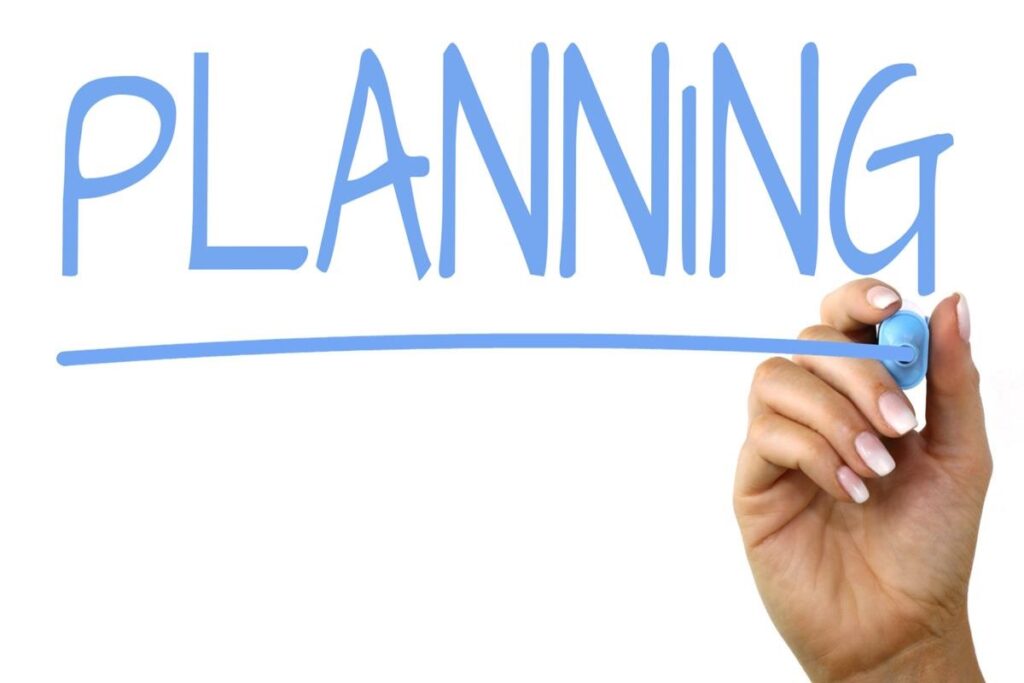Many processes produce outcomes without endpoints, where more is more preferable. For instance, revenue increases with elevated sales, technical innovation, and customer service. Outcomes associated with such processes adapt based on effort.

Company companycompany directors have to track these kinds of processes and motivate employees to have their concentrate on positive outcomes, as well as for this, it’s appropriate to make use of milestones to understand past achievements and manage future expectations. Nevertheless typically the most popular approach to designing milestones overlooks the risk of engaging and motivating employees. There is a way.
Most company companycompany directors create milestones along some time using labels for accomplishments, but a complicated method of tracking progress should be to plot milestones round the cartesian plane along two axes (serious amounts of amount) while using the amount metric positively associated with revenue and inexpensively measured. Labels then can be used incentives. Adding this second dimension will encourage you to determine the speed of progress for targeting future goals, that’s symbolized using the slope (rate = amount/time).
Furthermore, targeting future goals is enhanced by putting multiple milestones in close closeness. Instead of 1 milestone marking an achievement round the certain date, some milestones can be utilized with escalating incentives.

Pairs of milestones make the most of momentum toward an objective, to make certain that individuals aim for a rather easy goal through getting an immediate possibility of a bigger goal. The first milestone represents minimum rate of growth with normal incentives placed on it, along with the second milestone represents a bigger rate of growth with greater incentives. The particular accomplishment likely will fall backward and forward milestones–missing probably the most but greater than if probably the minimum were targeted.
An easy demonstration of employing this strategy is fixing time for you to create two quantity targets: a sales reason for 2,000 units using the to begin year through getting another reason for 2,500 units using the to begin year. Another example is fixing quantities to produce two time targets. Here the sales goal is 2,000 using the to begin year through getting another reason for 2,000 by the start of the 4th quarter.
The finish outcome is to supply a way of workers to strive for greater outcomes and exceed expectations. With pairs of milestones, employees won’t stop after reaching an objective but rather continuously push toward the 2nd milestone.
I’m Douglas Rugh, and my methods build capacity while growing revenue.









